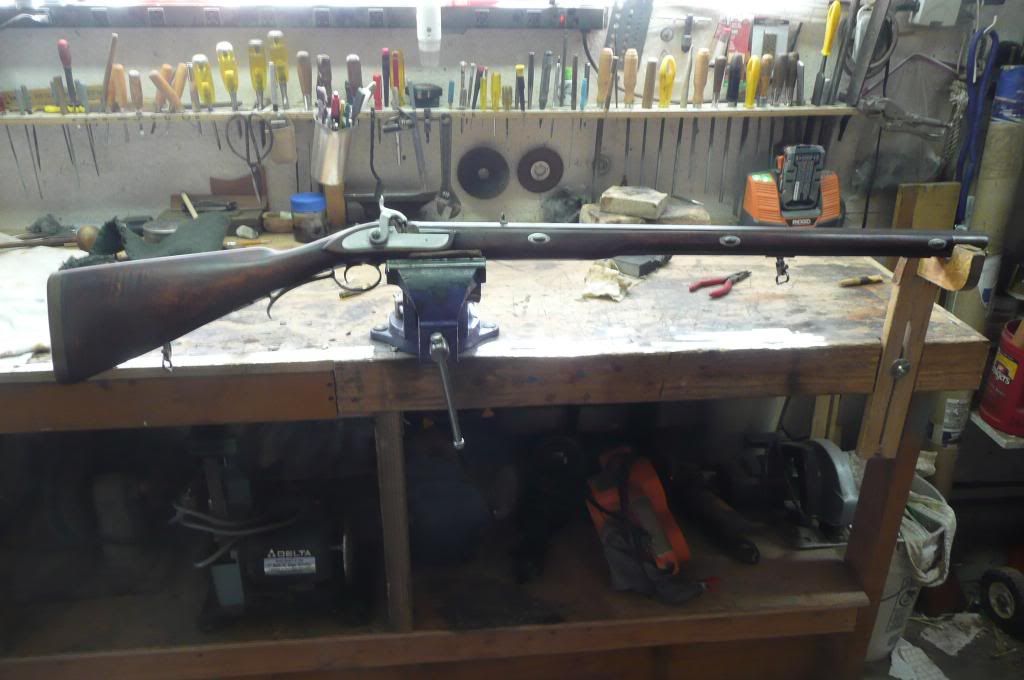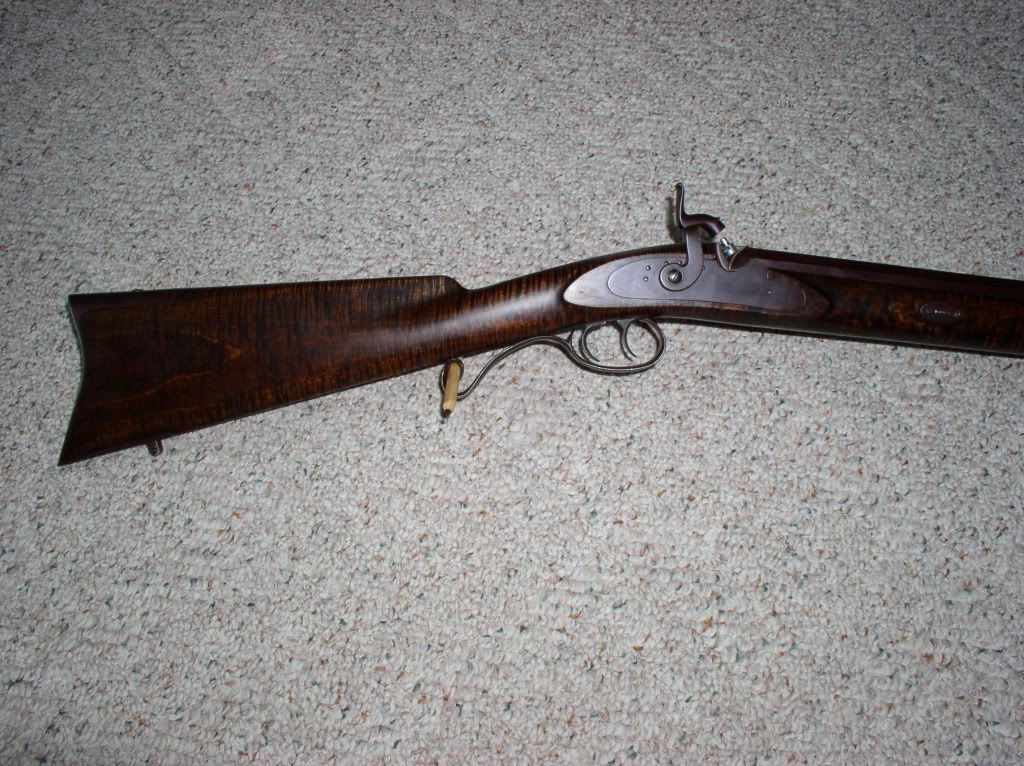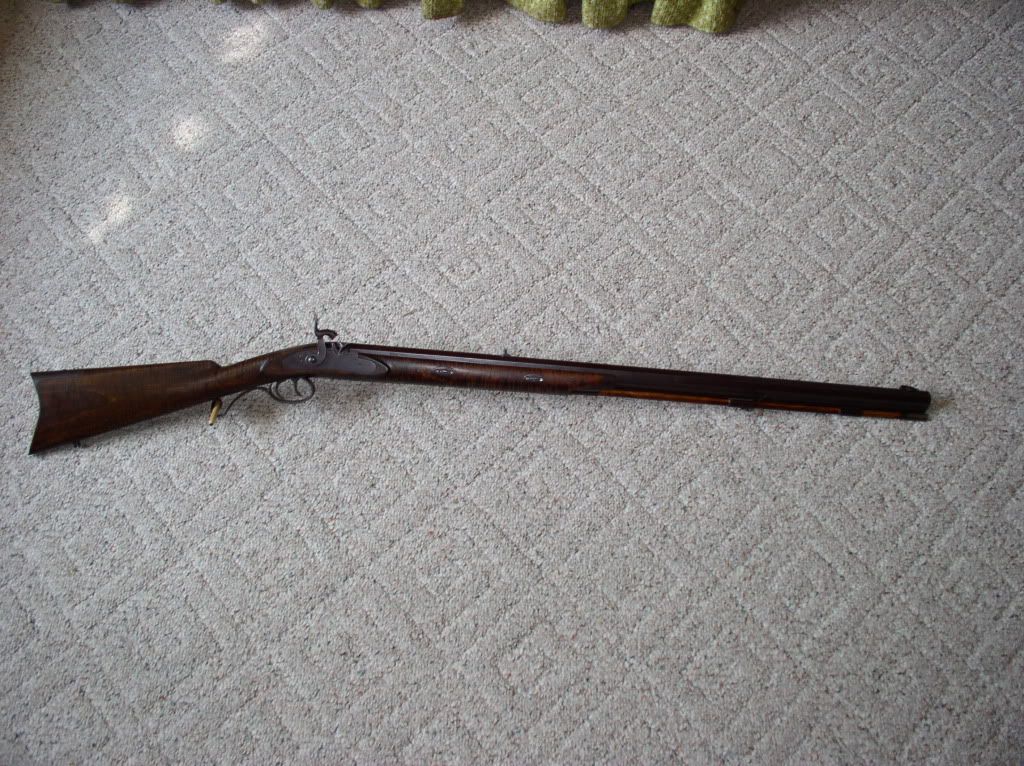As you know you can spend a fortune on tools but if I were to think of the bear necessities it would come down to this:
You may already have several good screwdrivers and hopefully you have an electric drill.
You'll need a good 1/4 inch wide chisel and a 3/8 inch chisel is sometimes handy.
You should have a 1/8 inch wide chisel. I ground a 1/4" chisel down but the kit suppliers can sell you one for not a lot of money.
As was mentioned, a square is good to have. If I were to recommend one it would be a combination square because the adjustable blade is nice to have. It will come with a handy scribe for doing accurate layout marking on both wood and steel parts.
A good hack saw with some 12 inch blades will be handy.
A 12" Bastaard** single cut file, a 10 or 12 inch single cut Mill file and a 12" Bastaard** double cut file can be handy.
A rat tailed file and a tri-cornered (3 cornered) file should be a good start.
A pointed "Center punch" to create the indentation for drilling accurately located holes.
A Dial Caliper is very handy not only to double check the size of drill bits but to measure widths, depths, inside and outside dimensions.
IT also makes an excellent tool for scribing accurate lines and for laying out critical locations for holes.
(The new Digital calipers usually cost less and while the battery is charged they are quite accurate. The problem is every time you need it the battery will be dead.)
A couple of different sized taps for cutting screw threads, a tap driver to turn the taps and a few different "number sized" drills to drill the holes for the taps.
You will not need to buy any thread "dies" (cuts external threads) although sometimes one can be handy to "chase" threads further down a screw shank. This seldom happens so don't bother with dies.
A standard size High Speed Steel drill bit set from 1/16" thru 1/4 inch.
A pair of 6 or 8 inch vise grips to hold small and large parts.
A small hammer.
A black felt tip marker to darken steel parts so the layout lines show clearly.
There are a lot more tools that could be bought but I think with the ones I listed, I could build a complete longrifle.
Some may disagree with me but you don't have to buy the "very best" (most expensive) tools but you should try to get the best available.
For instance, Ace sells some chisels that are very good. Not world class but they will more than do the job.
Avoid the 3 for $5.00 Chinese bargains, especially when buying thread taps.
You should be able to buy all of these things for not much more than $100.
I almost forgot the most important tool of them all.
Buy a large hobby knife like an Exacto that takes the large #2 pointed blades. Also buy several boxes of extra pointed blades.
Before using this, use a piece of sandpaper to dull up at least 3/8" of the blades sharp edge that's nearest the handle. This will greatly reduce the amount of blood that will get applied to the wood.
This hobby knife is used to accurately stab in the outlines of the mortice for the lock, sideplate, trigger plate, trigger guard and patchbox if present.
It removes small offending bits of wood and IMO is just about indispensable.
** The word is "bastard" but Claude's computer usually writes censored when I use this actual name for a file."











